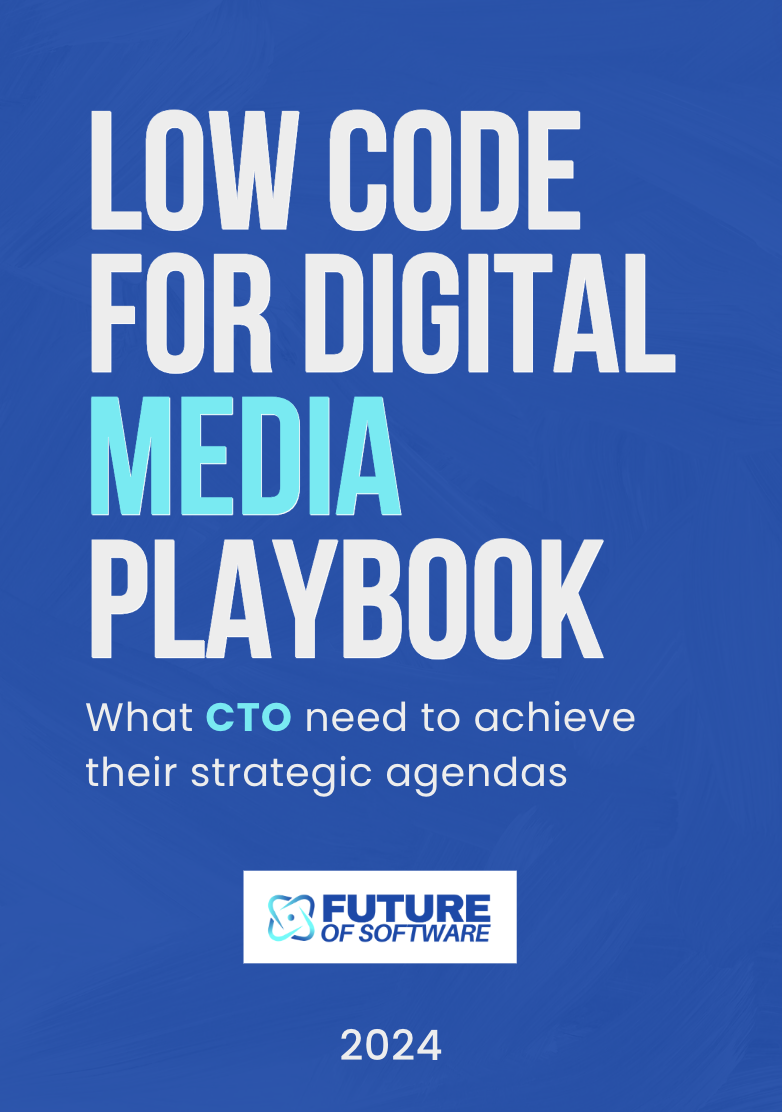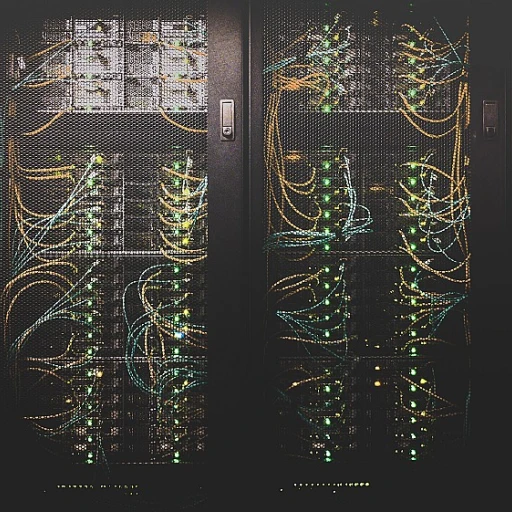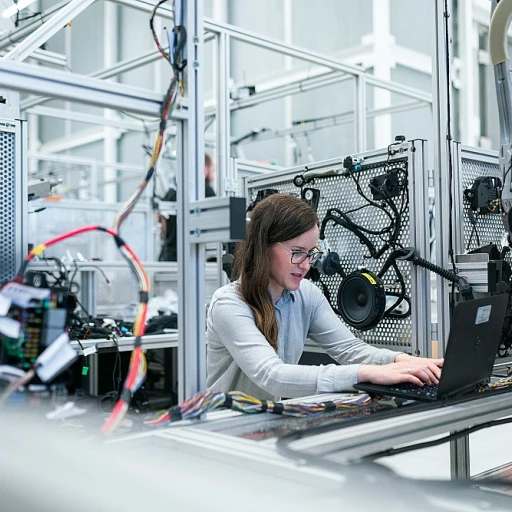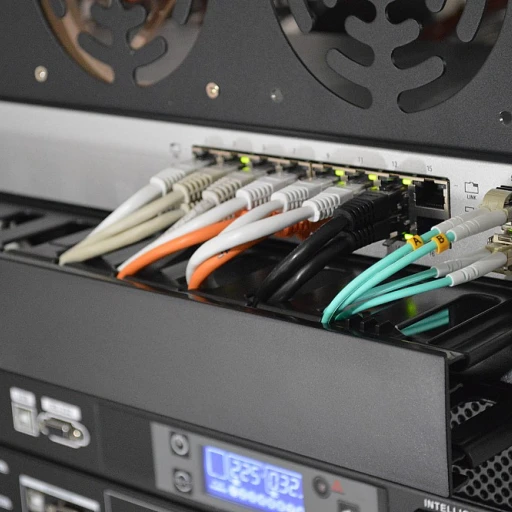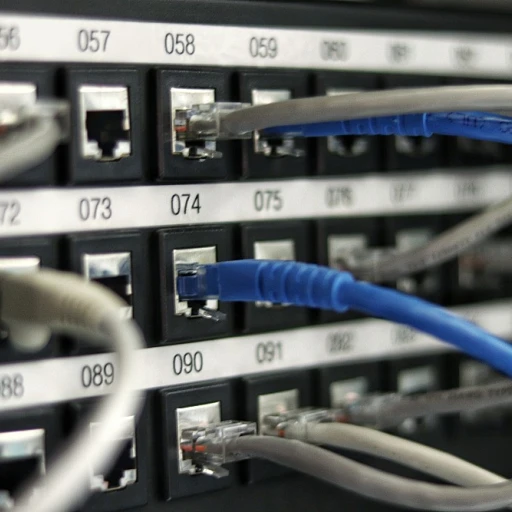Understanding Headless CMS: A New Approach to Content Management
Revolutionizing Content Management with Headless CMS
In the constantly evolving world of digital content, the need for agility, versatility, and seamless integration has given rise to innovative technologies. One such advancement is the headless CMS, an emerging approach to content management that is transforming the way businesses manage and distribute their content. But what exactly is a headless CMS, and how does it differ from its traditional counterparts? At its core, a headless CMS separates the content repository, or "back-end," from the presentation layer, or "front-end," which enables developers to create tailored user experiences across multiple channels. This decoupling allows for an unparalleled level of flexibility, opening doors to creative possibilities that were previously constrained by traditional content management systems. With this architecture, content is delivered via APIs, granting developers the freedom to build their front-end in any programming language or framework of their choice.The Shift from Traditional CMS Models
Traditional CMS platforms, while functional, often come with limitations that can hamper creativity and operational efficiency. These systems typically provide an integrated approach where the content management system and presentation layer are tightly interwoven, making customization and cross-platform distribution cumbersome. In contrast, a headless CMS liberates content creators and developers by offering a more modular and adaptable structure. The shift towards headless systems is not just a trend; it’s a response to the growing demand for personalized and omnichannel content delivery. This new model caters to the needs of modern businesses aiming for a compelling customer experience across web, mobile, apps, and beyond. If you're curious about how a headless CMS stacks up against a traditional one, you might find additional insights in our article on choosing between traditional and headless CMS. As we delve deeper into the world of headless content management systems, we will explore the numerous benefits they offer, why developers find them appealing, and how they enhance customer experiences. From flexibility to integration, the advantages of going headless are numerous, setting the stage for a content management future that's both innovative and efficient.The Benefits of Going Headless: Flexibility and Beyond
A Leap in Flexibility for Content Management
In today's fast-paced digital landscape, businesses need to be agile and responsive to meet the ever-changing needs of their audience. A headless CMS offers unparalleled flexibility by decoupling the content management system from the front-end delivery. This separation allows teams to deliver content seamlessly across multiple platforms and devices without the constraints of traditional CMS architecture. With a headless CMS, content creators and developers are no longer limited to predetermined templates. Instead, they have the ability to define their own content structure, which can be tailored to suit the specific needs of the business. This freedom inherently boosts creativity and innovation, paving the way for unique and engaging content experiences. Moreover, the scalability offered by headless systems means that businesses can handle growing traffic demands without sacrificing performance. As your company expands its digital presence, the capability to adapt quickly is vital. For more insights, explore the benefits and challenges of headless CMS.Unleashing the Power of Omnichannel Delivery
A distinct advantage of transitioning to a headless CMS is the ability to efficiently distribute content across various channels. In an era where users interact with brands across numerous touchpoints—websites, mobile apps, social media, and more—maintaining a streamlined and consistent user experience can be challenging. The headless approach empowers content managers to push updates simultaneously across all chosen platforms, ensuring consistency in messaging and design. This capability is invaluable for marketing campaigns and strategic communication initiatives that must be implemented swiftly and accurately. Such omnichannel delivery not only enhances user engagement but also aids in building brand trust and loyalty by providing a cohesive, seamless experience regardless of the medium.Increasing Efficiency Through Improved Integration
One of the core benefits of a headless CMS is its ability to integrate smoothly with other systems and software. This means businesses can incorporate their favorite tools and technologies to enhance their digital solutions. The use of APIs allows for seamless connections with other applications, catering to various business needs without complicated workarounds. As businesses strive for efficient workflows, the integration capabilities of a headless CMS become exceedingly beneficial. By reducing the redundancies and friction points that come with traditional systems, teams can focus more on strategic tasks rather than mundane operational hassles.Developer-Friendly Features: Why Developers Love Headless CMS
htmlWhy developers embrace the headless approach
In an era where technology continuously evolves, developers are often seen at the forefront of this change, and the adoption of a headless CMS is no exception. By stripping away the constraints of traditional, monolithic CMS platforms, a headless CMS empowers developers with the autonomy to innovate without being hindered by a rigid backend. Unmatched flexibility and scalability are key reasons developers gravitate towards headless solutions. The decoupling of content management from the presentation layer means developers can employ any frontend technologies they prefer, whether it's React, Vue.js, or Angular. This flexibility extends to platforms, allowing seamless integration with mobile apps or IoT devices, a capability increasingly valued in today's diverse digital landscape. Developers also appreciate the API-first architecture of headless CMS platforms. With RESTful APIs or GraphQL, developers can hydrate their applications with content, facilitating rapid deployment and updates across various digital channels. This transparency and accessibility streamline the development process, reducing bottlenecks and enhancing collaboration between developers and stakeholders. Integrating a headless CMS with modern applications like Gatsby ensures a seamless approach to web development, enabling the creation of highly performant static sites. You can explore more about this approach in our detailed discussion on the benefits and challenges of headless CMS. Furthermore, a headless CMS fosters agile methodologies by enabling iterative improvements without compromising the user experience. Continuous deployment and integration are simpler, and development teams can react more swiftly to market changes or emerging user needs as a result. Finally, in the context of cloud-native software, developers leverage the headless approach to optimize resource usage and scalability, as explored in our insights on emerging trends in cloud-native software. This shift ensures applications remain responsive and efficient, keeping up with the ever-growing demands of digital consumers.Enhancing Customer Experience with a Headless CMS
Revolutionizing Content Delivery for a Superior User Journey
In the ever-evolving digital landscape, providing an outstanding customer experience is key to staying competitive. One of the fundamental ways a headless CMS enhances this experience is by revolutionizing how content is delivered and consumed across various platforms and devices. Traditional CMS platforms often limit how content can be presented, binding it to specific templates or structures. This is where the headless approach shines. By decoupling the content repository from the presentation layer, a headless CMS allows content to be tailored and optimized for any user interface be it a mobile app, website, or even IoT devices. This not only means greater flexibility for businesses to design innovative user interactions, but also ensures that the content is consistently engaging and relevant to the end-user, regardless of the platform involved. When businesses adopt a headless CMS, it empowers them with the flexibility to seamlessly integrate with various technologies and ensure a personalized user experience. For instance, content can be adjusted to respond dynamically to user behavior, location, and preferences, providing a richer, more immersive experience. Furthermore, because a headless CMS can distribute content to any channel using APIs, it simplifies the challenge of omnichannel marketing. Brands can maintain a consistent voice and cohesive narratives across all touchpoints, enhancing user trust and brand loyalty. In essence, by choosing a headless CMS, companies provide their users with an uninterrupted and tailored journey. The added agility facilitates rapid response to changing consumer demands, enabling brands to remain ahead in the competition for user engagement and satisfaction.Comparing Headless and Traditional CMS: Which is Right for You?
Deciding Between Headless and Traditional CMS
When it comes to choosing a content management system (CMS), understanding the differences between headless and traditional CMS options is crucial. Each has its own set of advantages and potential drawbacks, which can significantly impact your content strategy and digital presence.
Traditional CMS: The All-in-One Solution
Traditional CMS platforms, such as WordPress and Joomla, offer an all-in-one solution where the front-end and back-end are tightly integrated. This means that content creation, management, and presentation are bundled together, providing a streamlined experience for users who may not have extensive technical expertise. The simplicity of a traditional CMS can be beneficial for smaller projects or organizations that require a quick and easy setup.
Headless CMS: Embracing Flexibility
In contrast, a headless CMS decouples the content management back-end from the front-end presentation layer, offering unparalleled flexibility. This separation allows developers to deliver content across various platforms and devices seamlessly, which is particularly advantageous in today’s multi-channel digital landscape. As discussed earlier, the flexibility of a headless CMS enables businesses to adapt quickly to changing market demands and customer preferences.
Factors to Consider
When deciding between a headless and traditional CMS, consider the specific needs of your organization. If your primary goal is to maintain a simple website with minimal technical requirements, a traditional CMS might suffice. However, if you aim to provide a consistent and dynamic user experience across multiple channels, a headless CMS could be the better choice.
Additionally, the choice may depend on the technical resources available within your team. A headless CMS often requires more developer involvement to create custom front-end solutions, whereas a traditional CMS might be more accessible for teams with limited technical expertise.
Making the Right Choice
Ultimately, the decision between a headless and traditional CMS should align with your long-term digital strategy. Evaluate your current and future content needs, the level of customization required, and the technical capabilities of your team to make an informed choice that will support your organization's growth and adaptability in the digital age.




